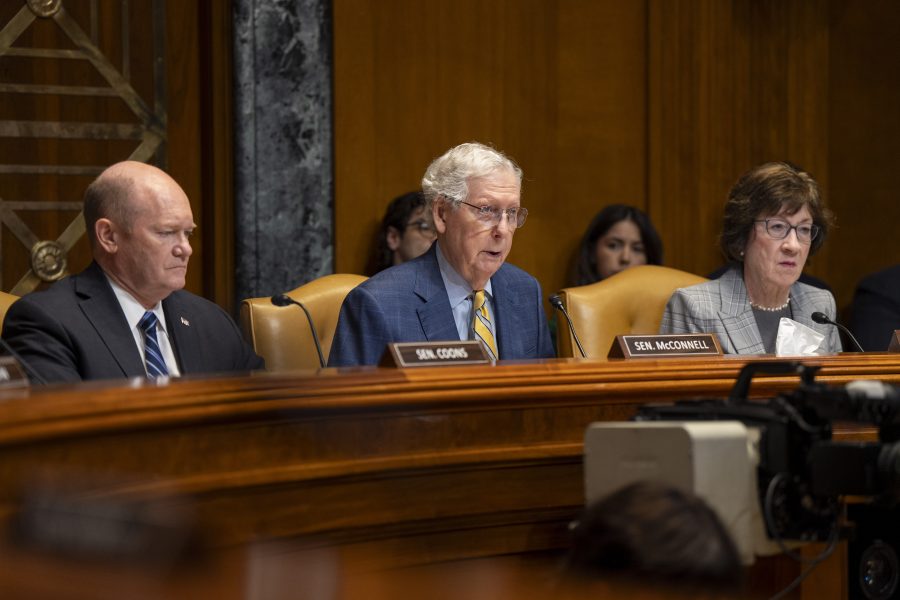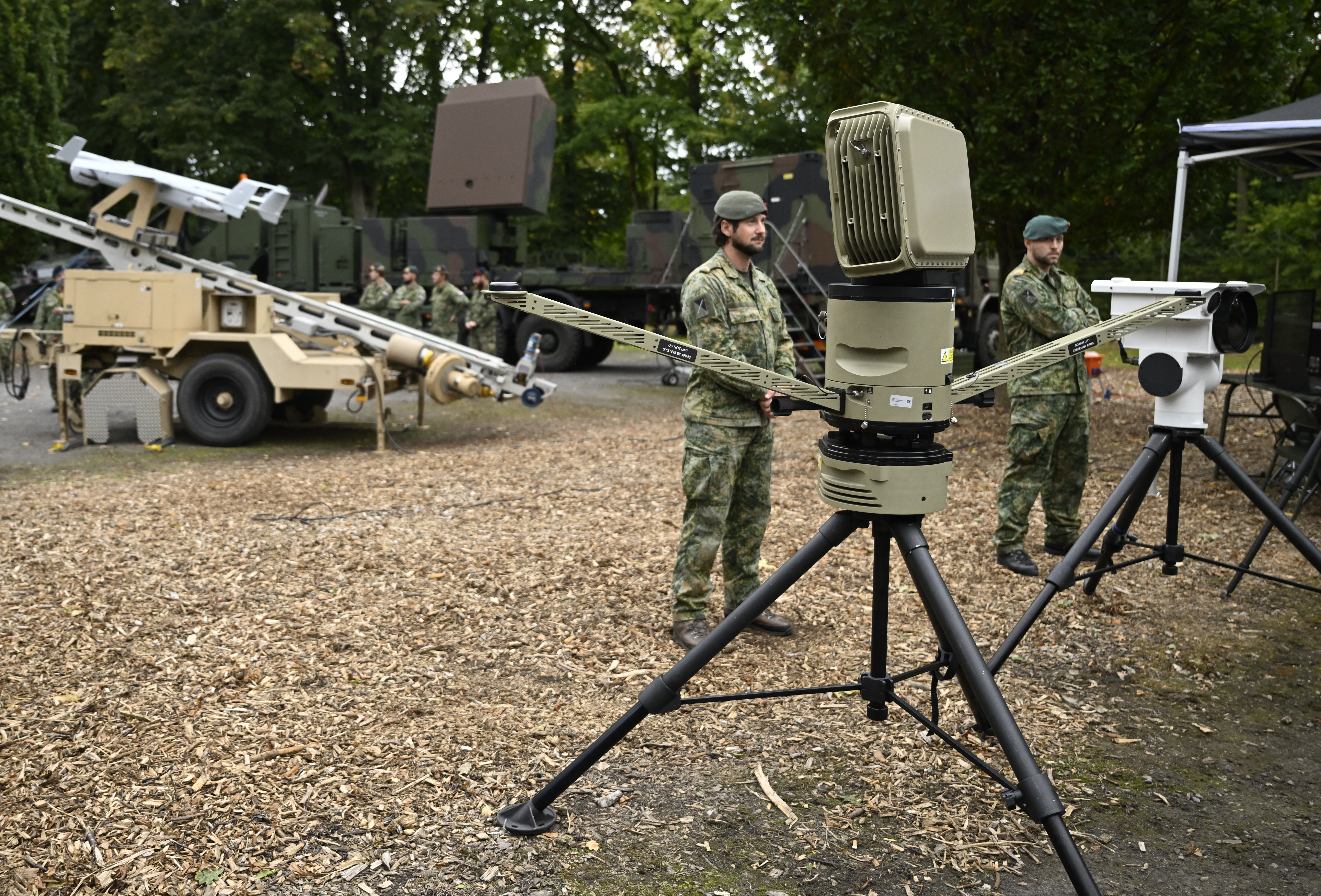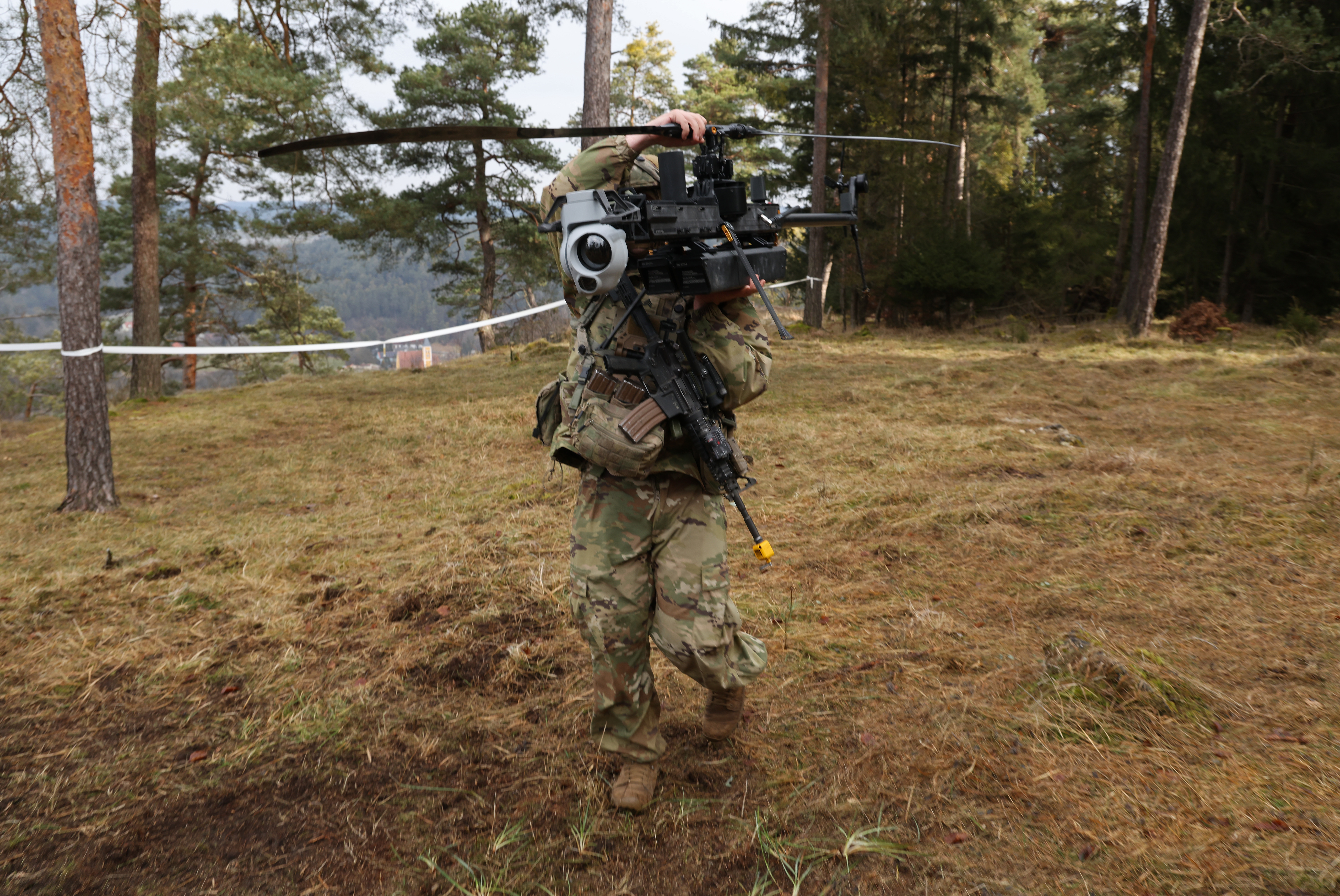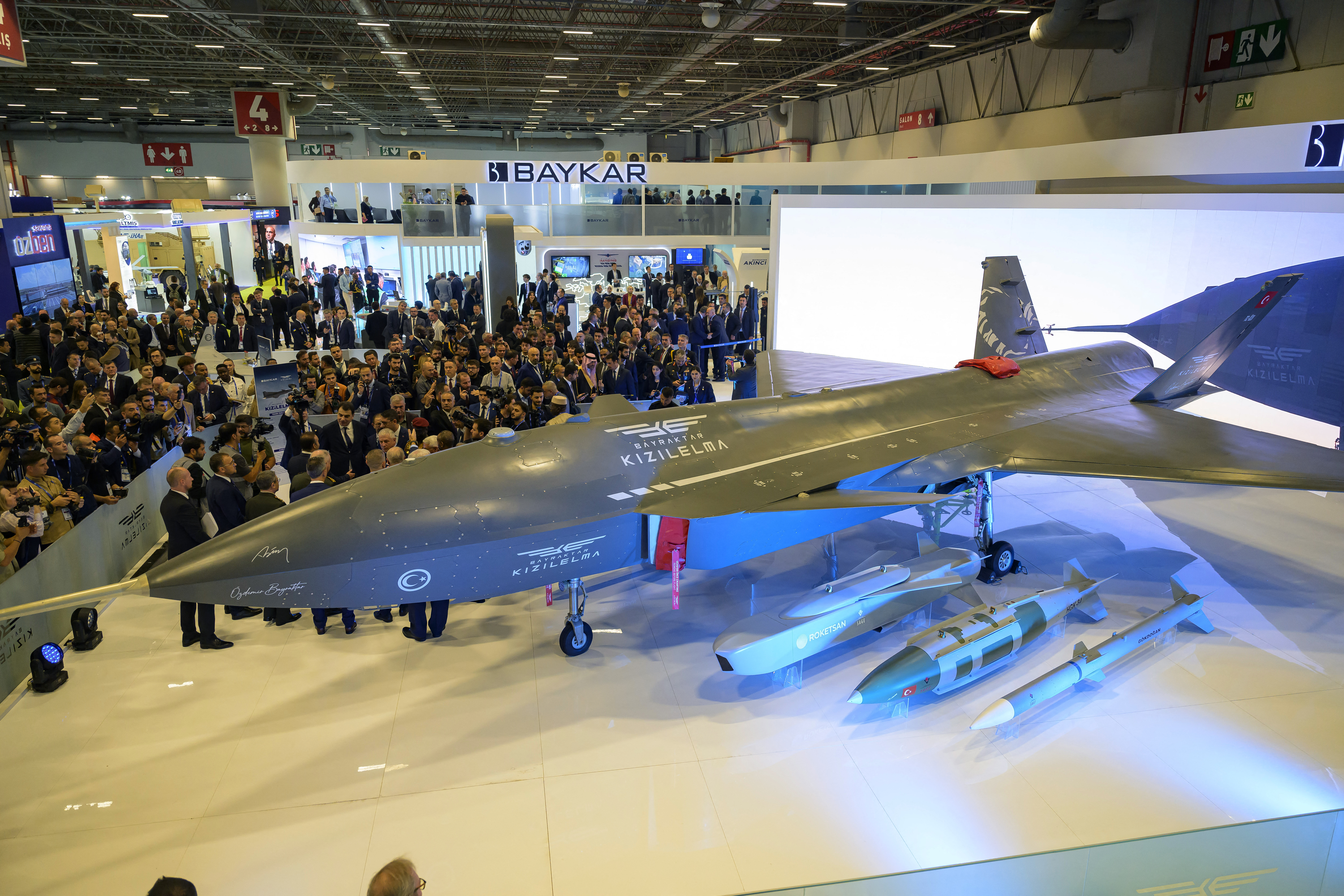
Senators this week advanced a $852 billion defense spending bill for 2026 that would give the Air Force nearly $5 billion more than it asked for while saving the E-7 Wedgetail target-tracking aircraft and continuing military aid to Ukraine in a rebuke to certain Trump administration priorities in the year ahead.
The bipartisan legislation, which passed the Senate Appropriations Committee 26 to 3 July 31, offers $21.2 billion, or 2.5 percent, more in discretionary spending than the Trump administration sought for the Pentagon and intelligence agencies next year. Democrats Jeff Merkley (Ore.), Chris Murphy (Conn.), and Chris Van Hollen (Md.) opposed the bill.
While the Air Force would benefit from the spending boost with a $233 billion windfall, the Space Force would come in just shy of its full request at $26 billion. The bill does not include money for military construction, which is handled separately.
The higher topline underscores a disconnect between the Trump administration, which has taken an unconventional approach to funding the Defense Department while pulling back on some major modernization programs and support for foreign partners, and some of its allies in Congress, who argue the Pentagon’s spending proposal is short-sighted and jeopardizes American security.
“I think not only the prior administration, but this administration as well, have underestimated the level of challenge that we have,” Sen. Mitch McConnell (R-Ky.), the top defense appropriator, said as lawmakers met to consider the bill. “You’ve got authoritarian regimes coordinating with each other … and the one thing they have in common: They hate us, and they want to replace the role that America plays.”
While the Senate plan cuts spending on military personnel and research and development for the Department of the Air Force by about $500 million and $3 billion, respectively, it funnels an additional $5.6 billion into Air Force procurement and $2.4 billion into operations and maintenance across the two services.
Lawmakers opted not to push for more than 24 F-35A fighters next year, breaking with their counterparts in the House who would fund 42 Lightning IIs. Senate appropriators also want to spend $1.7 billion for eight C-130J airlifters for the Air National Guard, add two EA-37B Compass Call electronic-attack jets for $619 million, and offer $800 million to an unnamed “high-priority classified program.”
The bill also rounds out congressional support for the Air Force’s pursuit of the E-7 early-warning jet, which the Pentagon wants to ditch in favor of using Navy E-2D Hawkeye planes and satellites to track airborne threats instead. Senators are offering $847 million to continue that prototyping effort—a precursor to buying a 26-piece fleet to replace the Wedgetail’s decades-old predecessor.
Lawmakers and some military aviation experts have expressed skepticism that adding five Hawkeyes as a stopgap measure before surveillance satellites are ready to take on the Wedgetail’s mission would be enough to satisfy demand for its help.
“I can’t explain why the department wanted to wait on Navy fighters or Air Force early-warning programs … but we identified these issues and addressed them appropriately,” said Sen. Chris Coons, the top Democrat on the defense appropriations panel.
To keep an eye on the project’s price tag, Senate appropriators are asking the Air Force to report back on how it plans to rein in the jet’s design requirements and cost.
“At the inception of the U.S. E-7 program, the purchase of this existing Australian capability was heralded as the Department of Defense making use of rapid acquisition authorities,” the panel added. “This proposed termination, after over $2 billion in investment in less than four fiscal years, raises questions about the Department of the Air Force’s ability to successfully execute rapid prototyping programs intended to result in the fielding of major capabilities.”
For the Space Force, the draft budget offers an additional $500 million to continue developing the Space Development Agency’s third tranche of data-sharing satellites and $105 million to invest further in commercial surveillance technologies, according to the committee’s summary of the bill.
Senate appropriators would also fully fund a 3.8 percent pay raise for all troops, plus an extra 10% raise for junior enlisted service members.
Senators tacked on a slate of amendments that includes language on upgrading Air Force Reserve C-130H transport planes, launching NASA’s OSAM-1 refueling satellite, and an update to Congress on the projected cost of the new Sentinel ground-based nuclear missiles, among other provisions.
In a party-line vote, the panel also blocked an amendment curbing the Trump administration’s ability to send the former Qatari royal plane it plans to use as Air Force One to Trump’s presidential library after he leaves office.
The bill’s next stop is the Senate floor. Senate Appropriations Committee Chair Susan Collins (R-Maine) said she hopes the full chamber will take up the defense spending package once lawmakers return from their monthlong summer recess Sept. 2. That gives senators a few weeks to pass a Pentagon budget, reach a compromise with the House, and send it to the president’s desk before the fiscal year ends Sept. 30—a goal broadly seen as unlikely.
The $21 billion difference between the House and Senate defense spending proposals sets lawmakers up for tough conversations as they seek a middle ground that can win approval from Congress and President Donald Trump.
The Department of the Air Force has already received billions of dollars for top-priority programs under the One Big, Beautiful Bill, the massive GOP-led spending package enacted without Democratic votes in early July. Though Trump has touted that bill, known as a budget reconciliation package, as a generational investment in America’s most pressing defense needs, its critics point out that the one-time money comes at the expense of sustained growth in the base budget.
“We cannot seriously address these challenges while artificially constraining our resources,” McConnell said.
The post Senate’s $852 Billion Defense Budget Saves Wedgetail, Keeps Space Force Flat appeared first on Air & Space Forces Magazine.

Air, Budget, Congress, Space, 2026 budget, appropriations, E-7 Wedgetail
Air & Space Forces Magazine
[crypto-donation-box type=”tabular” show-coin=”all”]







